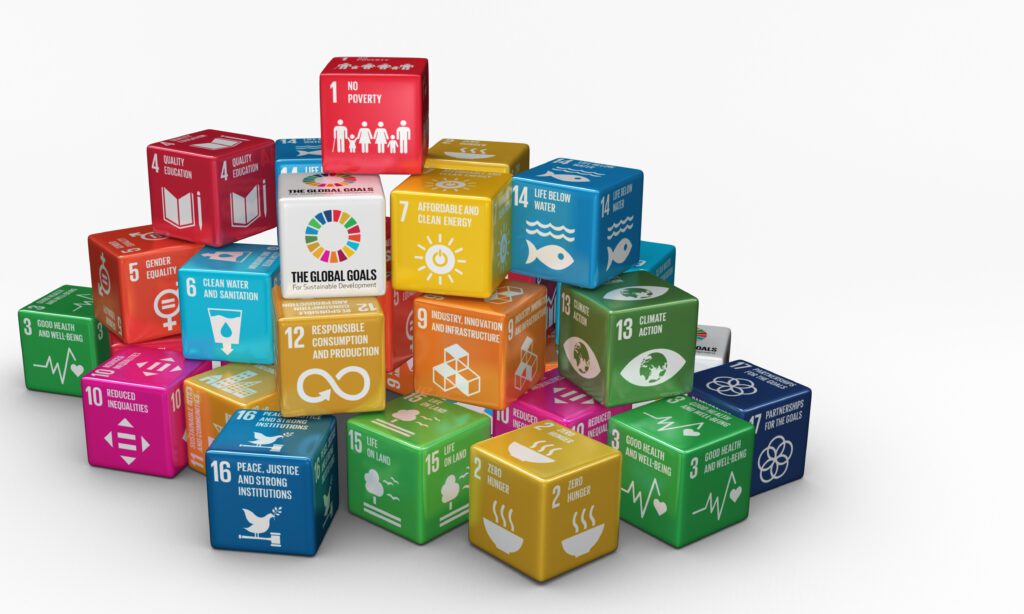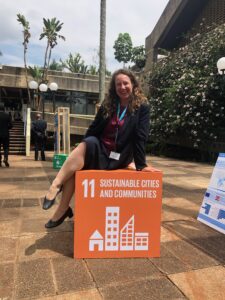
One of the most widely known blueprints to a sustainable future lies within the 17 Sustainable Development Goals (SDGs) brought forth by the United Nations in 2015. Global Goals Week, taking place January 15 – 22, 2022, is a time to reflect on the challenges and opportunities of driving global progress for people and the planet.
The SDGs range from issues such as tackling gender equality and eradicating poverty, to climate action and transitioning to levels of responsible consumption and production patterns. Canada has given high level political commitment to the SDGs, with many of them overlapping with existing local government priorities.

Addressing these issues are all critical in achieving socially just cities living in balance with nature. At the Centre, one SDG stands particularly close to our work: making cities and human settlements inclusive, safe, resilient and sustainable (SDG 11: Sustainable Cities and Communities). This SDG is encompassed in all of our work, including with our Ecocity Peer Network and the UN-Habitat Taskforce for a Global Urban Monitoring Framework. Our Climate Changemakers Youth Leadership training not only contributes to taking action in combating climate change and its impacts (SDG 13: Climate Action) but also provides the knowledge and skills needed for learners to promote sustainable development (SDG 4: Quality Education).
Nearly two-thirds of the 234 indicators outlined in the SDGs align with urban components. Due to their high concentration of people, infrastructures, housing and economic activities, cities are particularly vulnerable to climate change and natural disaster impacts. Vice-versa, cities with self-sustaining resilient structures that are functions of the natural ecosystem (also called ecocities) could accelerate solving many of the global challenges outlined in the SDGs, considering their close link to all the above factors.
BCIT has been doing its part in assessing how we as an institution are contributing to the various SDGs, using this assessment to identify our own challenges and opportunities.
The Centre will continue to work with municipalities and other ecocity collaborators toward a 2030 delivery of the SDGs, an ambitious but necessary target.